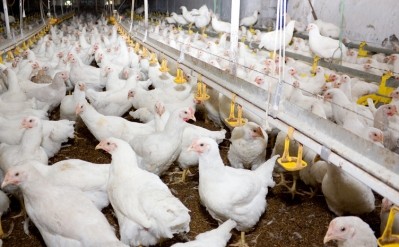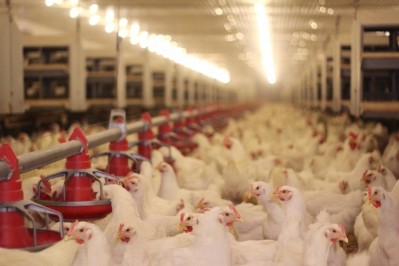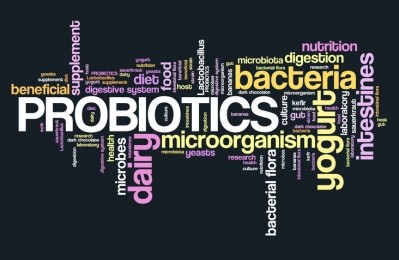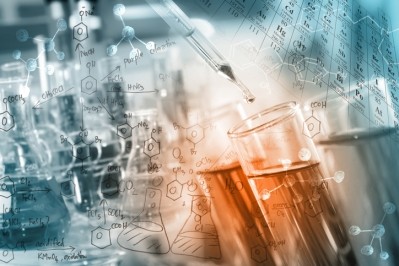Brewer’s yeast may support fish gut health, microbiome development
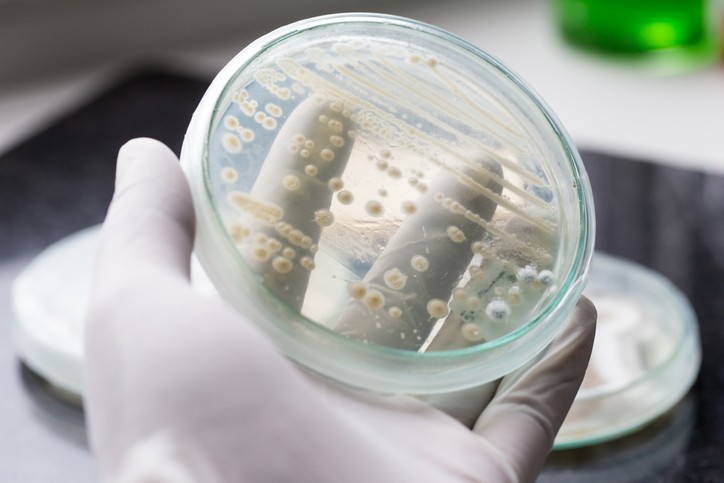
An international team of researchers from the US and China examined the use of brewer’s yeast hydrolysate (BYH) as a feed additive for largemouth bass. The group published its work in the journal Aquaculture.
“The present study was conducted to investigate the effects of a commercial dietary brewer's yeast (S. cerevisiae) hydrolysate on growth and intestinal bacterial features of largemouth bass, so as to evaluate the effectiveness and functions of the yeast product.
The research team found that the addition of brewer’s yeast to the diets of largemouth bass changed the microflora diversity and amounts in the intestine of the fish, its members said.
However, most performance factors were similar for all fish.
“The diversity tends to decrease with the increase of dietary BYH level, and the abundance of some beneficial bacteria increased while that of some harmful bacteria decreased,” the researchers said. “Therefore, it is reasonable to conclude that the divergence of gut microbiomes between the groups is primarily due to the incorporation of BYH in the feed.”
Why brewer’s yeast hydrolysate?
Largemouth bass have been an important production species worldwide, the researchers said. Previous research with the species has explored macronutrient needs and the use of alternative protein or lipid sources.
However, poorly developed formulated feed may disrupt the metabolism and cause intestinal dysfunction or the development of a fatty liver, which impairs immune functioning and leads to reduced growth, they said. Improving feed formulation and functional feed additives remain a need for boosting the sustainability of largemouth bass production.
Brewer’s yeast can provide immune-stimulating elements including B-glucans, nucleotides, mannan oligosaccharides, enzymes, B-complex vitamins, amino acids and selenium, which have been linked to improved growth performance, immune function and stress reduction in several species of fish, they said.
Yeast cell walls can be difficult for fish to digest so different processes have been explored to break down those cell walls to improve use, said the researchers. Hydrolyzed yeast involves one such process.
However, the interaction of yeast hydrolysate on fish intestinal microbiota remains unknown as little work has been done on that topic, said the researchers.
“A few studies have investigated some individual bacterial features, such as lactic acid bacteria population, viable aerobic bacterial count, microbial populations, which provided very limited information for the comprehensive understanding of bacterial diversity in the intestine induced by BYH,” they said. The current study seeks to expand that information, they added.
Methods and materials
In the feeding trial, 600 fish were given one of three diets for a period of 8 weeks, said the researchers. The diets include a pelleted control and that diet with BYH at 0.1% or 0.2%.
Fish were weighed at the start and end of the feeding trial to check for growth performance, they said. At the end, sample fish from each diet group were harvested and their intestinal contents were collected for bacterial analysis.
Overall, results were similar among the diets for several factors including weight gain rate, survival rate, condition factor, hepatosomatic index and organ coefficient, the researchers said.
However, the intraperitoneal fat ratio was reduced for the fish getting the 0.2% BYH diet, they said. There also were several differences found in the amount and types of bacteria found in fish intestines depending on the diet.
“Totally 25 phyla, 56 classes, 103 orders, 155 families, 216 genera and 1051 operational taxonomic units (OTUs) of bacteria were identified from the 2,057,871 sequences obtained by Illumina MiSeq 16S rRNA sequencing,” they said. “Among them, Fusobacteria, Firmicutes and Proteobacteria were the most three dominant phyla in the intestines regardless of diets.”
The variety of strains within the dominant phyla were much lower for fish getting the 0.2% BYH diet, said the researchers.
Several bacterial genera considered potentially pathogenic were lower for fish getting both BYH supplemented diets, they said. Those fish also saw an increase in bacteria linked to the production of vitamin B12 and a probiotic effect.
“The overall intestinal bacterial diversity was decreased in fish fed with BYH which might promote the growth of some probiotics and inhibit some pathogenic bacteria, suggesting that BYH may serve as a feed additive in modulation of the gut bacterial community of largemouth bass to decrease the potential pathogens,” they said.
Source: Aquaculture
DOI: doi.org/10.1016/j.aquaculture.2017.11.006
Title: Effects of brewer's yeast hydrolysate on the growth performance and the intestinal bacterial diversity of largemouth bass (Micropterus salmoides)
Authors: M Zhou, R Liang, J Mo, S Yang, N Gu, Z Wu, S Babu, J Li Yunmao Huang, Li Lin
